Colorado Springs’ closest mountain
Springs lawyer pays tribute to Cheyenne Mountain, then and now
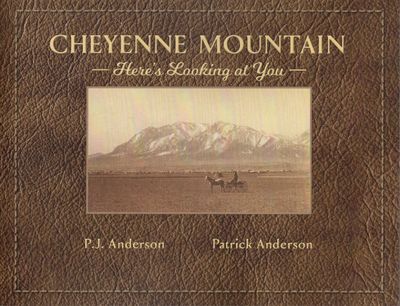
Springs lawyer pays tribute to Cheyenne Mountain, then and now
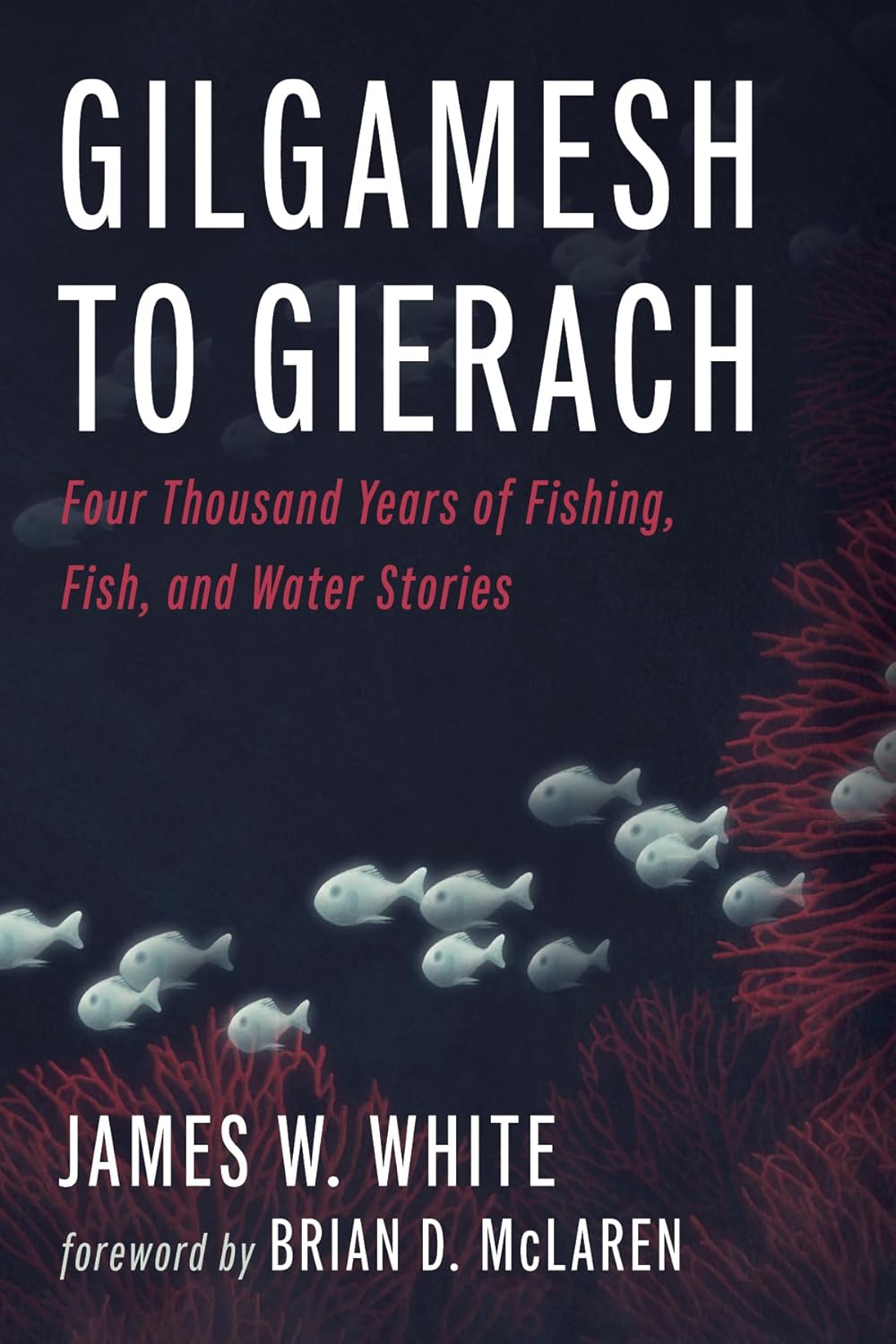
Myths, legends, literature, lore and love of the watery world of finned creatures
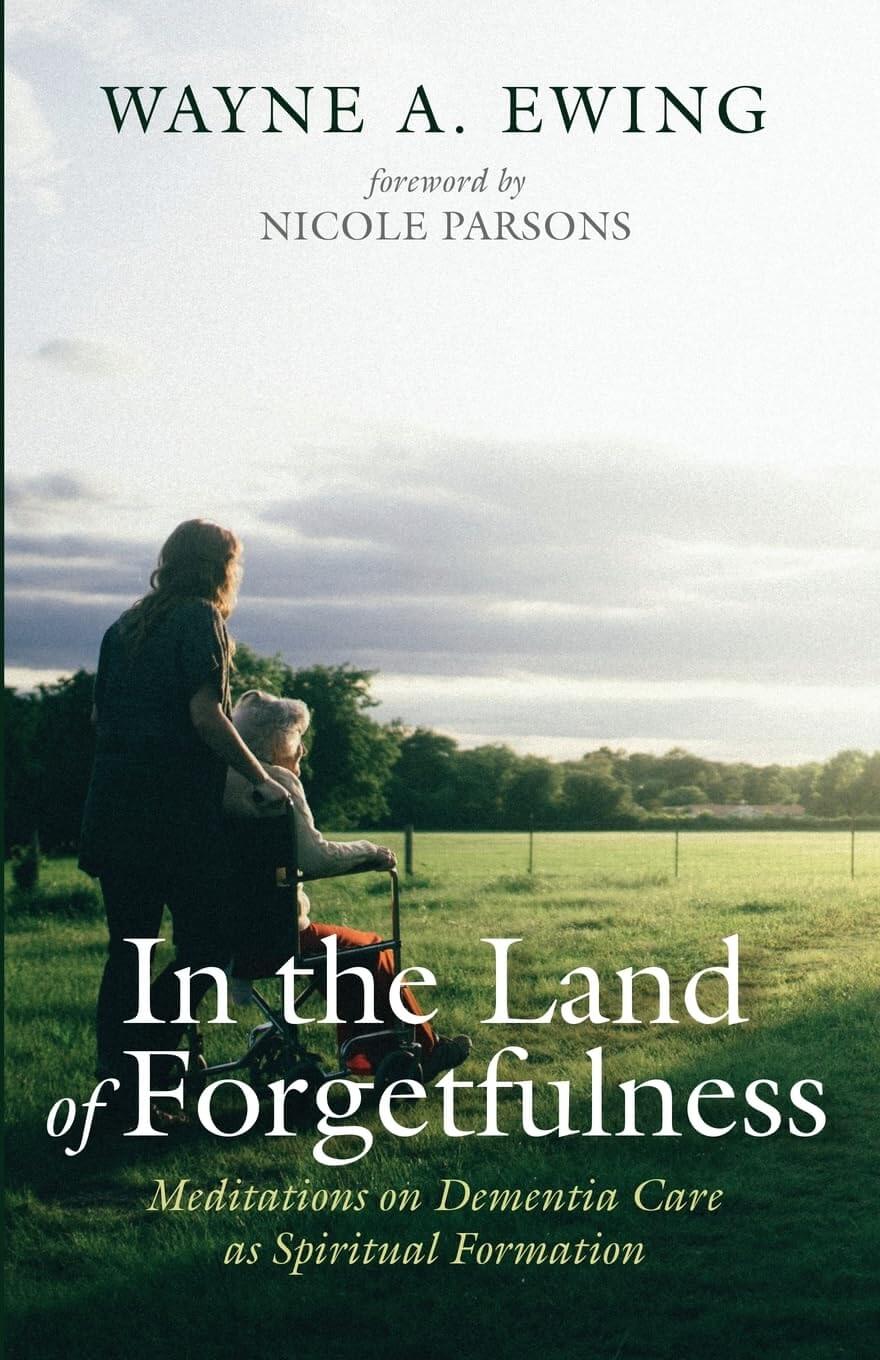
Meditations on dementia, dying, growth and change
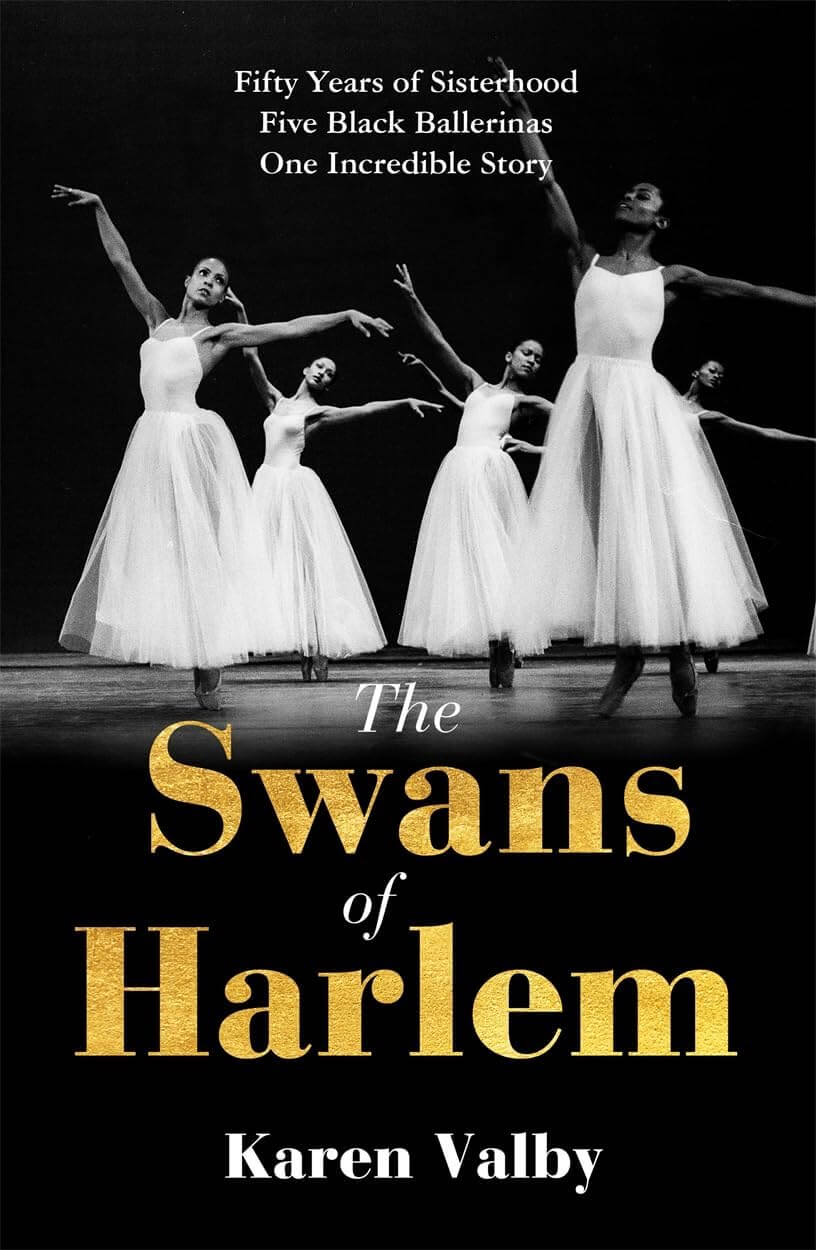
The Swans of Harlem, accomplished classical dancers, come to light

Author Dave Showalter takes an epic journey along the Colorado River, examining its perils and promise
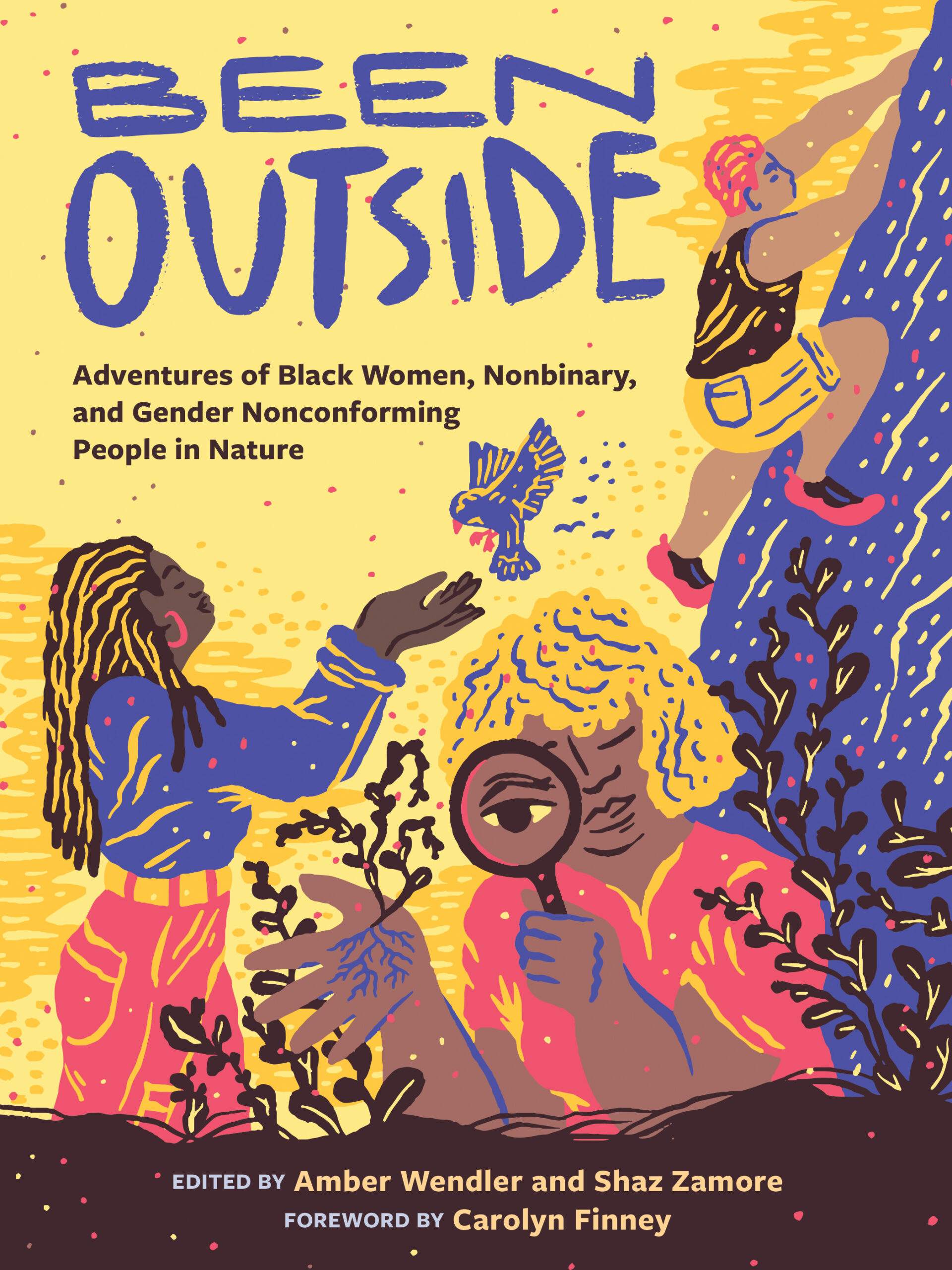
Anthology explores the quest for acceptance by Black women, gender nonconforming and nonbinary people in nature
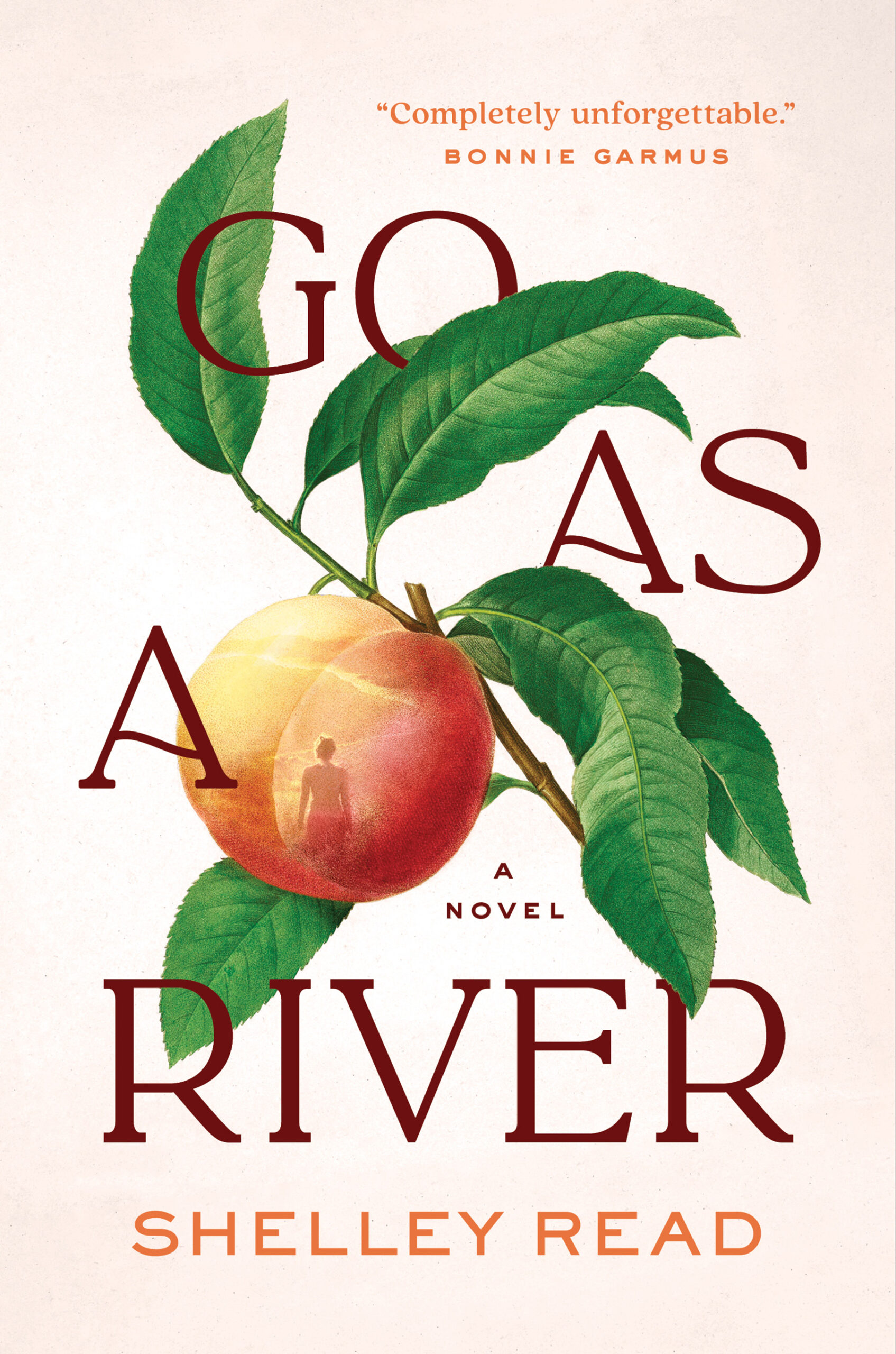
Author Shelley Read on Go As a River’s international success and the power of home
Born in Ohio but a resident of Colorado Springs since 1955, Beverly has watched the city grow. Achieving a BA from what was then Colorado State College with later graduate work at CC and University of Birmingham, England, she began a 16-year teaching career, 10 years freelancing and full-time volunteering, before spending 26 years with the Pikes Peak Library District. Author of the teachers' guide, History of the Pikes Peak Region, she is still surrounded by books and serves as a board member with the Friends of the Pikes Peak Library District.
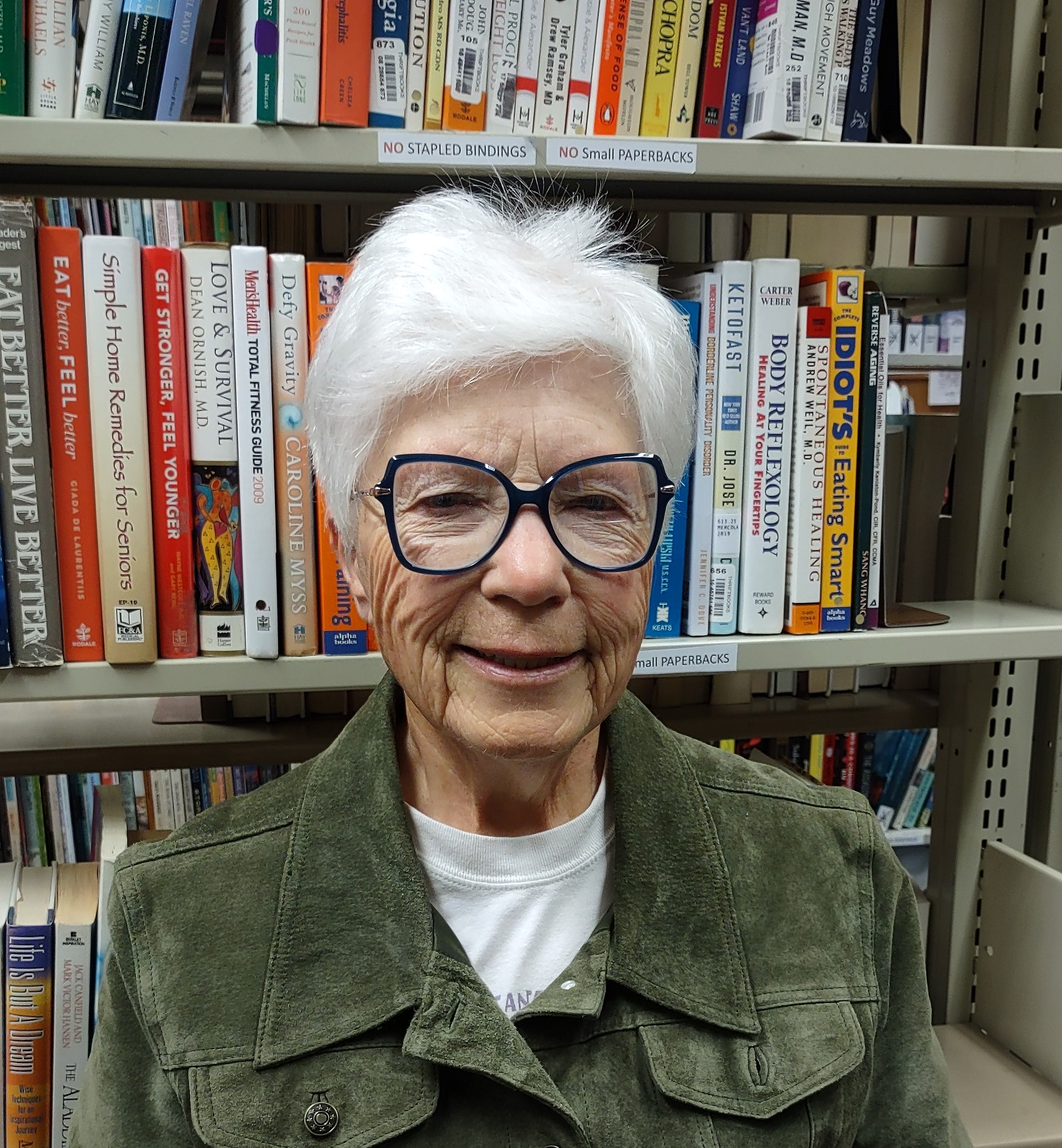

Terri Lewis grew up in Colorado, was a ballet dancer with a German opera company and worked in a circus. It may come a surprise, then, that her debut novel is about the life of Isabelle d’Angoulême, the 11-year-old French noble abducted by England’s King John (yes, that King John—the Magna Carta and all), taken back to England and made queen. As the novel progresses, we realize that Lewis is also a trained historian and an excellent researcher with a passion for medieval times.
The narrative is lively and compelling. Drawing on scant primary sources and historical records, Lewis creates Isabelle as a rich, complex character. Lewis renders Isabelle’s development from a silly child into an effective queen and independent agent able to direct her own destiny, thus fashioning a believable heroine immersed in a believably detailed world.
The story opens in 1198. Isabelle is betrothed to Hugh de Lusignan, who is appreciative of her future dowery but smitten with someone else. Isabelle senses that something is amiss and decides to play at courtly love by flirting with the Plantagenet king. King John, in turn, is smitten by young Isabelle and spirits her away. Her childish fantasies of true love and life in a beautiful castle are quickly dashed when she discovers how cruel her new husband really is. The narrative, while centered on Isabelle, offers the changing perspective of Hugh, and it incorporates the historically well-known characters, Eleanor of Aquitaine (John’s mother) and Richard the Lion Heart (John’s brother) as secondary characters in the Plantagenet drama.
As was the case with most noble women in the 12th and 13th centuries, Isabelle is initially a mere pawn for the men around her—expected to bring her husband a rich marriage settlement and then breed heirs. Learning from the formidable Queen Eleanor, as well as from the exceptionally strong women from the servant classes, this coming-of-age story reveals a more nuanced path than one might initially expect. Isabelle’s increasing autonomy and her growing skill at navigating the complexities of the court and surrounding society make for an exciting read. Although the last few chapters seem a bit rushed, this novel will charm fans of historical fiction and remind us all of the many lesser-known women who have shaped history and, thus, ourselves.
— Perrin Cunningham